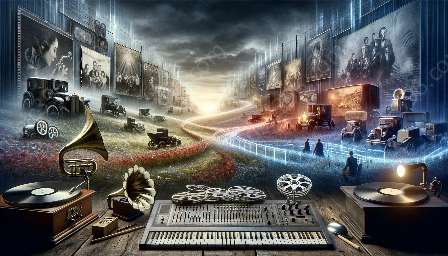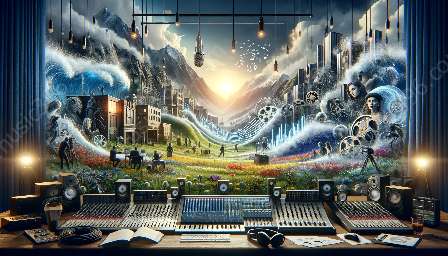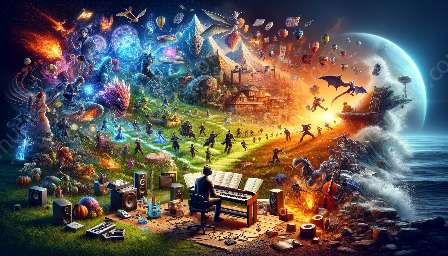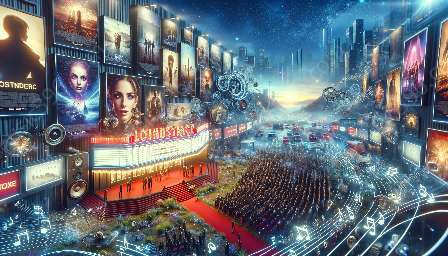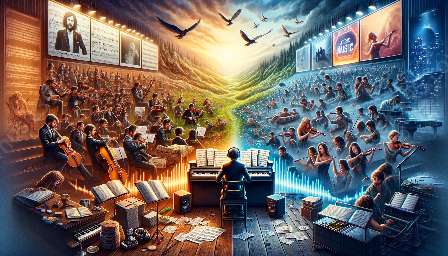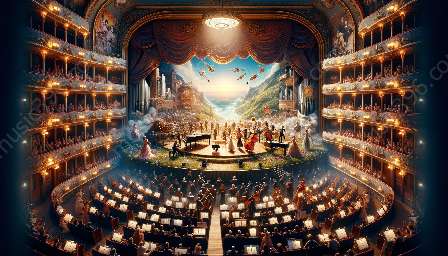Documentary films are a powerful medium for storytelling, offering a blend of reality and narrative that captures an audience's attention. One of the key elements that can elevate a documentary film is the use of cinematic techniques and soundtracks. In this article, we'll explore the significance of cinematic elements and soundtracks in documentary films, and how they contribute to the overall impact of the storytelling process.
Importance of Cinematic Elements in Documentary Films
Cinematic elements play a crucial role in shaping the visual and emotional impact of documentary films. These elements include cinematography, editing, visual design, and overall production quality. The application of cinematic techniques can transform a documentary into a compelling and immersive experience for the audience.
Cinematography: The visual language of a documentary is largely shaped by its cinematography. Through the use of camera angles, lighting, and composition, filmmakers can create striking visuals that enhance the storytelling and capture the essence of the subject matter.
Editing: The art of editing is essential in shaping the narrative flow and pacing of a documentary. Skillful editing can effectively convey a story, manipulate emotions, and maintain the audience's engagement throughout the film.
Visual Design: The aesthetic presentation of a documentary, including the use of graphics, animation, and archival footage, contributes to its overall visual impact. Thoughtful visual design can add layers of depth and context to the storytelling.
Production Quality: The technical aspects of production, such as audio-visual clarity, color grading, and overall presentation, significantly influence the perceived quality of a documentary film. High production standards can elevate the credibility and impact of the storytelling.
Role of Soundtracks in Documentary Films
Soundtracks are a fundamental component of storytelling in documentary films, as they have the ability to evoke emotions, establish mood, and enhance the thematic elements of the narrative. The strategic use of music and sound design can deeply resonate with audiences and amplify the impact of the storytelling.
Emotional Resonance: A carefully curated soundtrack can elicit powerful emotional responses from viewers, effectively connecting them to the subject matter and characters portrayed in the documentary. The use of music to underscore poignant moments or evoke empathy can leave a lasting impression on the audience.
Establishing Mood and Atmosphere: Soundtracks play a pivotal role in setting the tone and atmosphere of a documentary. Whether through ambient sounds, instrumental compositions, or vocal tracks, the soundtrack can create a sense of place, time, and emotional context that enriches the audience's experience.
Enhancing Thematic Elements: The selection of music and sound design can align with the thematic focus of a documentary, offering a layer of depth to the storytelling. By integrating soundtracks that resonate with the subject matter and themes, filmmakers can reinforce the intended messages and amplify the impact of the narrative.
Integration of Cinematic Elements and Soundtracks
When cinematic elements and soundtracks are effectively integrated, they have the potential to elevate the storytelling and emotional impact of a documentary film. The synergy between visually compelling imagery and evocative soundscapes can create a multi-sensory experience that deeply resonates with the audience.
Visual-Sound Harmony: The collaboration between cinematic elements and soundtracks aims to achieve a seamless integration, where the visuals and music complement and enhance each other. This harmony can amplify the emotional impact of crucial moments, accentuate the narrative's dynamics, and immerse the audience in the documentary's world.
Immersive Storytelling: The marriage of cinematic elements and soundtracks facilitates immersive storytelling, enabling viewers to connect with the subject matter on an emotional and sensory level. This immersive experience can foster a deeper understanding and empathy for the stories being presented in the documentary.
Enhanced Narrative Coherence: The strategic implementation of cinematic elements and soundtracks contributes to the overall coherence and compelling nature of the documentary's narrative. By aligning visual aesthetics with musical motifs, filmmakers can ensure that the audio-visual components synergize to convey a cohesive and impactful story.
Conclusion
Cinematic elements and soundtracks play integral roles in shaping the impact and resonance of documentary films. The thoughtful application of visual techniques and soundscapes has the potential to elevate storytelling, establish emotional connections with audiences, and enrich the thematic depth of documentaries. By understanding the significance of cinematic elements and soundtracks, filmmakers can harness the power of audio-visual storytelling to create compelling and immersive documentary experiences.


